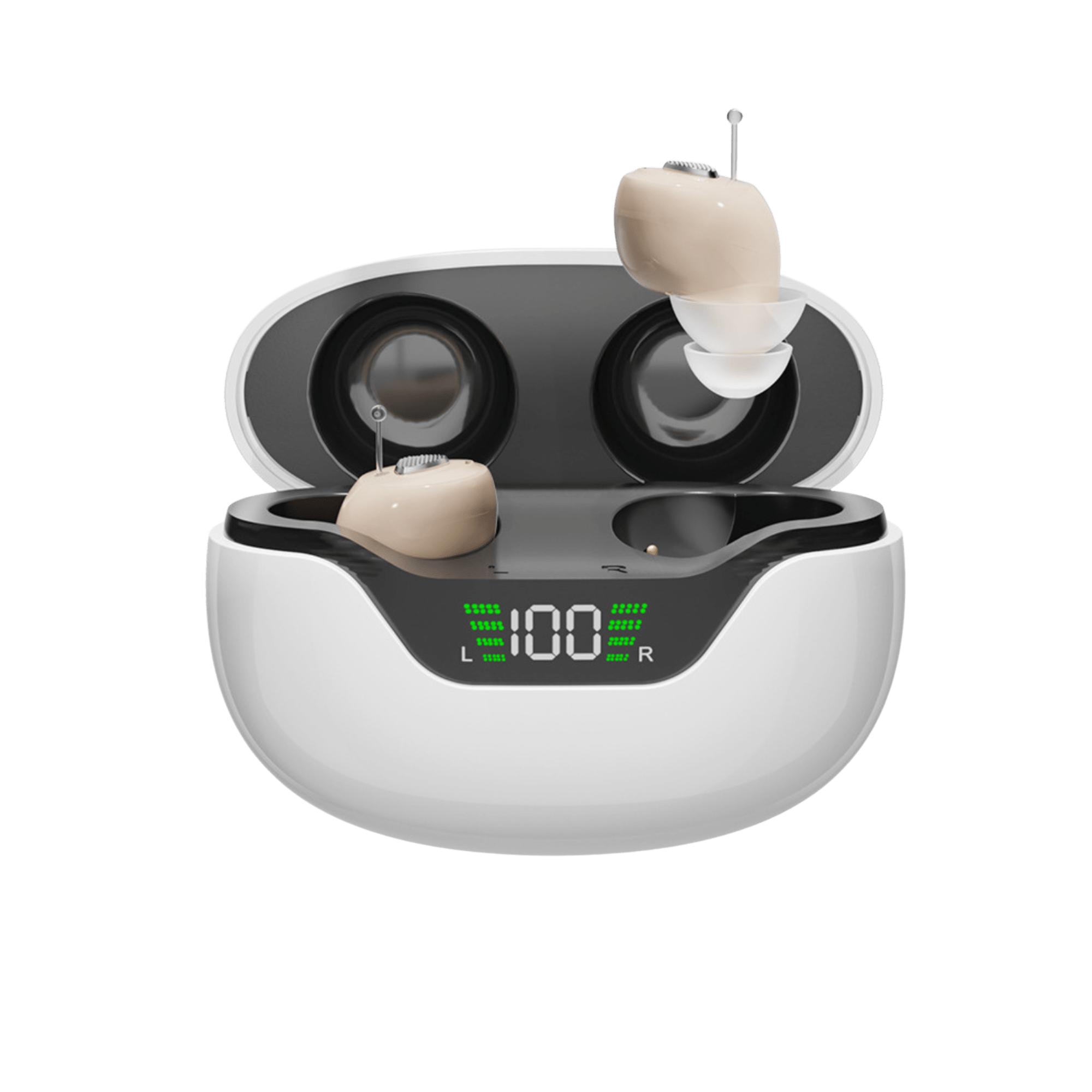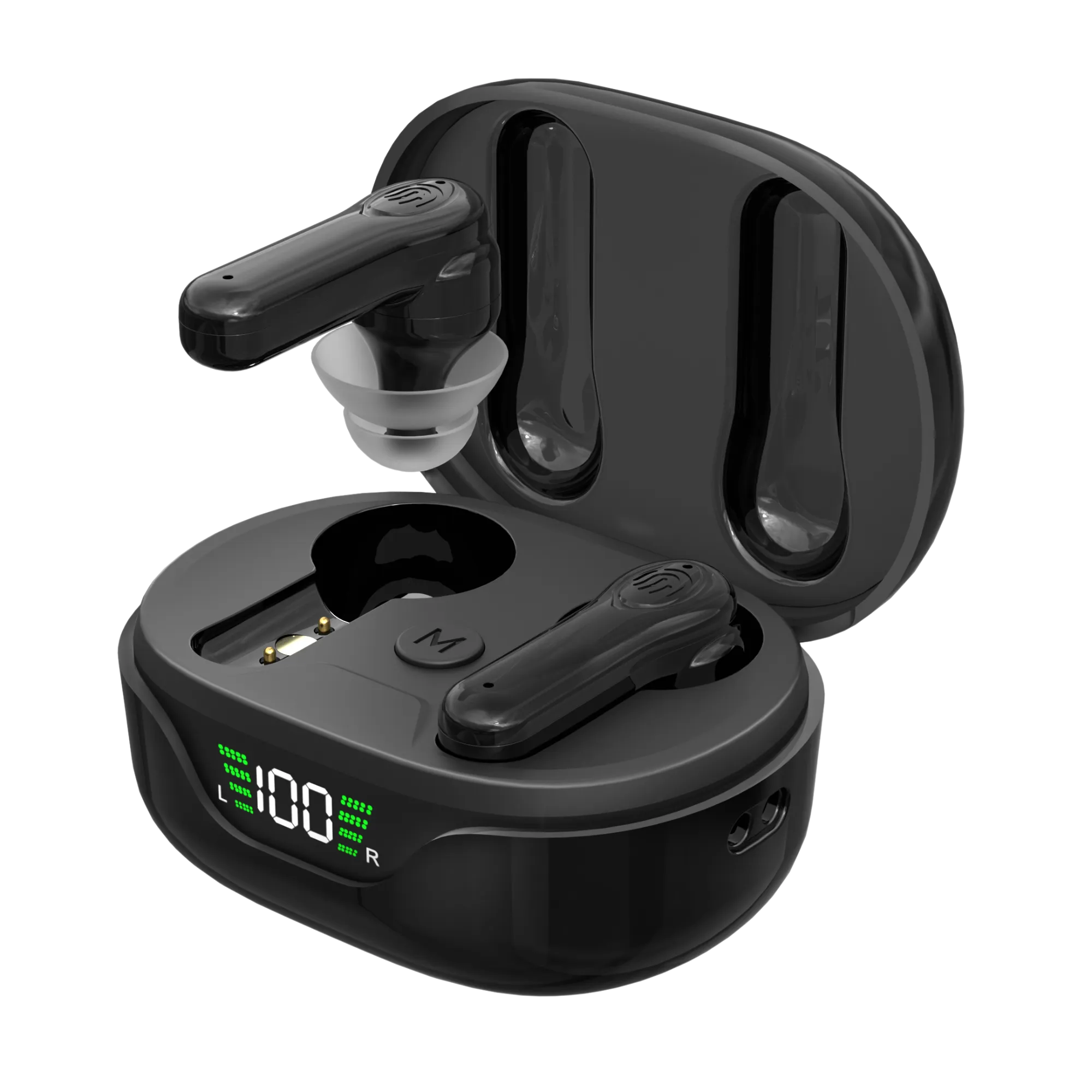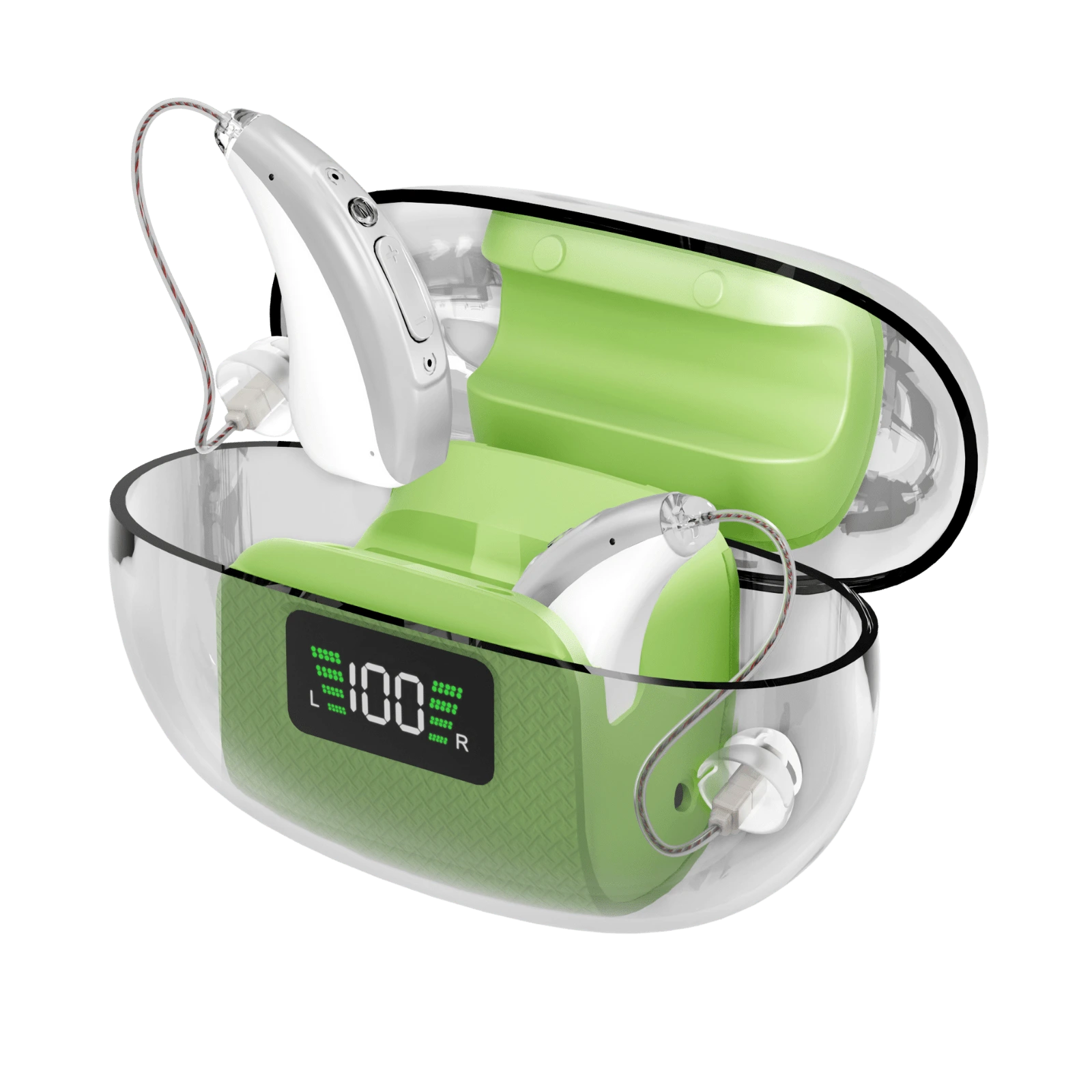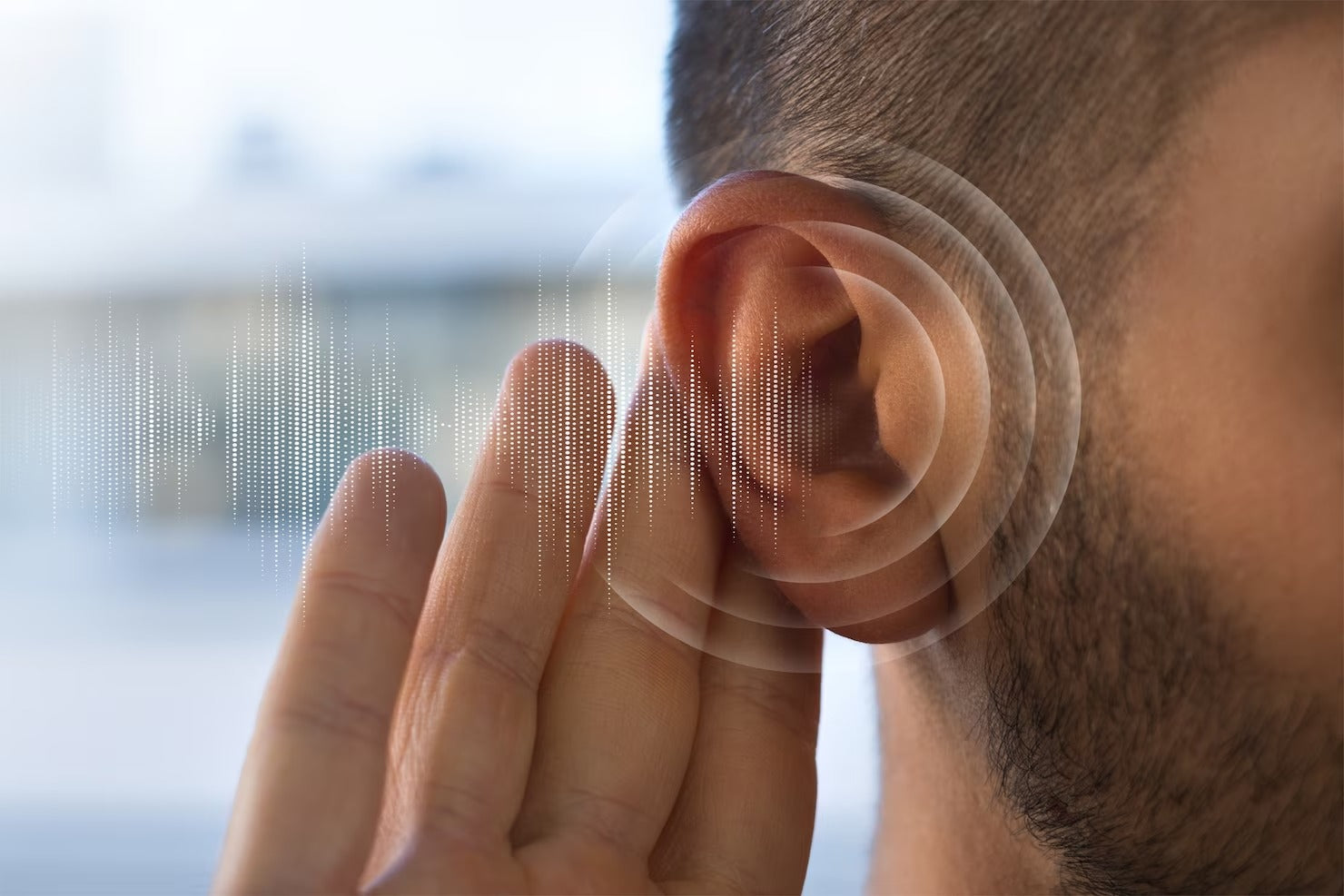It is necessary to investigate the several channels of financial support that are available for people who require hearing aids as the worldwide society continues to struggle with the high occurrence of hearing loss. Occupational compensation programs, hearing loss rehabilitation programs, community-based help, disability-specific financial support, and state or national assistive technology programs are some of the avenues that are discussed in this article as potential ways for persons to acquire hearing aid coverage.
Let's begin by investigating occupational compensation schemes, which were developed especially for occupations that put people at risk for hearing loss, such as those in the military and workers in industrial settings. Hearing aids are among the many services that are provided to veterans by the Department of Veterans Affairs (VA) in the United States. This is especially true in cases when the hearing loss is a direct result of military service.
Industrial employees, on the other hand, who are frequently subjected to unsafely high levels of noise may be eligible to obtain compensation for hearing loss under worker's compensation programs. Coverage might be different from state to state since worker's compensation systems are run independently by each state. However, if the hearing loss can be shown to be tied to work in some way, many programs will pay the cost of essential medical devices. This includes hearing aids. Therefore, getting in touch with the program that is particular to your state is very necessary in order to learn the scope of the protection that is offered.
Following this, we will discuss the various hearing loss rehabilitation treatments available. These are often all-encompassing programs with the goal of enhancing the quality of life for those who have hearing loss through a variety of means, including the provision of hearing aids or assistance in securing funding for them. Hearing aids are frequently acknowledged as crucial instruments in hearing rehabilitation, and as such, they could be included in these programs. Despite the fact that each program will have its own unique set of eligibility conditions and level of coverage, hearing aids are frequently included.
One further potential is uncovered when one looks at community-based support programs that are designed for people with low incomes. The provision of hearing healthcare support to those who may not otherwise be able to afford it is the focus of a large number of charitable organizations and nonprofit organizations. In the United States, some examples of such organizations are the Starkey Hearing Foundation and the Lions Clubs International. They have programs that will provide hearing aids to qualifying persons, such as children and adults who are living on a low budget.
In a manner analogous to this, financial assistance programs for people with disabilities may also provide channels for coverage of hearing aids. For instance, the Supplemental Security Income (SSI) program run by the Social Security Administration in the United States provides benefits to handicapped persons who have a restricted income and resources. These benefits can be put toward the purchase of healthcare necessities such as hearing aids. The beneficiary, on the other hand, has complete autonomy over the ways in which these money are put to use.
Finally, we will talk about assistive technology initiatives at the state and national levels. There are Assistive Technology Programs (ATPs) in several states, and its purpose is to provide easier access to various technologies that might be of assistance to people with impairments, such as hearing loss. Hearing aids are one of the assistive technology devices that many ATPs give financial assistance for in the form of loans or money for. The specific services that are provided might differ from state to state.
These state-based ATPs receive some of their funding from the federal government thanks to the Assistive Technology Act of 2004, sometimes known colloquially as the Tech Act. Additionally, organizations like as the National Institute on Deafness and Other Communication Disorders (NIDCD) give information on financial support for hearing aids and cochlear implants. This information can help individuals navigate the vast array of options that are readily available to them.
In conclusion, despite the fact that the expense of hearing aids is a considerable barrier for many people, there are a variety of programs available in a wide variety of fields that give financial support. Help is available in a variety of forms, including occupational-specific compensation programs, hearing rehabilitation programs, community-based assistance programs, assistance programs that are disability-specific, and even state or national assistive technology programs.
Hearing loss is not an insurmountable obstacle, despite the fact that it might be difficult at times. Your path toward better hearing health does not have to be a solitary one if you take advantage of the expanding number of programs and services that may help you along the way. You will be able to make well-informed judgments and find a route to hearing aid coverage that is tailored to your particular need if you are armed with the appropriate knowledge.
Let's begin by investigating occupational compensation schemes, which were developed especially for occupations that put people at risk for hearing loss, such as those in the military and workers in industrial settings. Hearing aids are among the many services that are provided to veterans by the Department of Veterans Affairs (VA) in the United States. This is especially true in cases when the hearing loss is a direct result of military service.
Industrial employees, on the other hand, who are frequently subjected to unsafely high levels of noise may be eligible to obtain compensation for hearing loss under worker's compensation programs. Coverage might be different from state to state since worker's compensation systems are run independently by each state. However, if the hearing loss can be shown to be tied to work in some way, many programs will pay the cost of essential medical devices. This includes hearing aids. Therefore, getting in touch with the program that is particular to your state is very necessary in order to learn the scope of the protection that is offered.
Following this, we will discuss the various hearing loss rehabilitation treatments available. These are often all-encompassing programs with the goal of enhancing the quality of life for those who have hearing loss through a variety of means, including the provision of hearing aids or assistance in securing funding for them. Hearing aids are frequently acknowledged as crucial instruments in hearing rehabilitation, and as such, they could be included in these programs. Despite the fact that each program will have its own unique set of eligibility conditions and level of coverage, hearing aids are frequently included.
One further potential is uncovered when one looks at community-based support programs that are designed for people with low incomes. The provision of hearing healthcare support to those who may not otherwise be able to afford it is the focus of a large number of charitable organizations and nonprofit organizations. In the United States, some examples of such organizations are the Starkey Hearing Foundation and the Lions Clubs International. They have programs that will provide hearing aids to qualifying persons, such as children and adults who are living on a low budget.
In a manner analogous to this, financial assistance programs for people with disabilities may also provide channels for coverage of hearing aids. For instance, the Supplemental Security Income (SSI) program run by the Social Security Administration in the United States provides benefits to handicapped persons who have a restricted income and resources. These benefits can be put toward the purchase of healthcare necessities such as hearing aids. The beneficiary, on the other hand, has complete autonomy over the ways in which these money are put to use.
Finally, we will talk about assistive technology initiatives at the state and national levels. There are Assistive Technology Programs (ATPs) in several states, and its purpose is to provide easier access to various technologies that might be of assistance to people with impairments, such as hearing loss. Hearing aids are one of the assistive technology devices that many ATPs give financial assistance for in the form of loans or money for. The specific services that are provided might differ from state to state.
These state-based ATPs receive some of their funding from the federal government thanks to the Assistive Technology Act of 2004, sometimes known colloquially as the Tech Act. Additionally, organizations like as the National Institute on Deafness and Other Communication Disorders (NIDCD) give information on financial support for hearing aids and cochlear implants. This information can help individuals navigate the vast array of options that are readily available to them.
In conclusion, despite the fact that the expense of hearing aids is a considerable barrier for many people, there are a variety of programs available in a wide variety of fields that give financial support. Help is available in a variety of forms, including occupational-specific compensation programs, hearing rehabilitation programs, community-based assistance programs, assistance programs that are disability-specific, and even state or national assistive technology programs.
Hearing loss is not an insurmountable obstacle, despite the fact that it might be difficult at times. Your path toward better hearing health does not have to be a solitary one if you take advantage of the expanding number of programs and services that may help you along the way. You will be able to make well-informed judgments and find a route to hearing aid coverage that is tailored to your particular need if you are armed with the appropriate knowledge.





